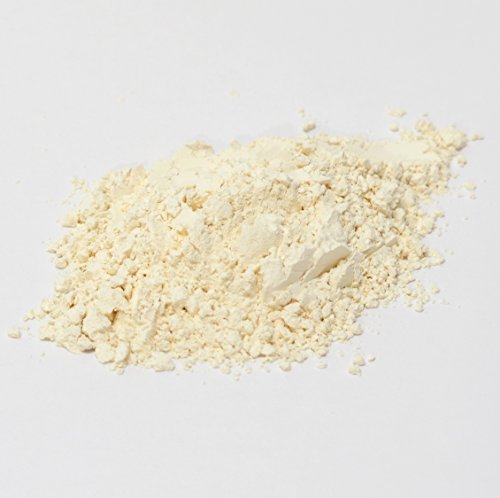
NEWS

Optical processing often used a variety of different types of polishing powders, processing different crystal materials, optical materials, and different cross-section polishing should use a different polishing powders, specifically how to choose it? Can it be selected according to the following way:
One, following by the polishing process according to the choice of the appropriate polishing powders
1. The material of the polishing powders
Polishing powders is usually composed of cerium oxide, alumina, silica, iron oxide, zirconia, chromium oxide and other components, different materials, different hardness, chemical properties in the water is also different, so the use of different occasions. Alumina and chromium oxide Mohs hardness of 9, cerium oxide and zirconia 7, iron oxide lower. Cerium oxide and silicate glass chemical activity is high, hardness is also quite, it is widely used in glass polishing.
In order to increase the polishing rate of cerium oxide, fluorine is usually added to the cerium oxide polishing powders to increase the grinding rate. Low cerium mixed rare earth polishing powders is usually mixed with 3-8 fluorine; pure cerium oxide polishing powders is usually not doped with fluorine.
If its own hardness is small, and the material itself, the higher the fluorine content, so the choice of non-fluorine-free polishing powders is better.
2. Particle size of cerium oxide
The larger the particle size of cerium oxide, the greater the grinding force, the more suitable for the harder material, ZF glass should use fine polishing powders. It should be noted that all the cerium oxide particle size has a distribution problem, the average particle size or median diameter D50 only determines the speed of the polishing speed, and the maximum particle size Dmax determines the level of polishing accuracy. Therefore, to obtain high precision requirements, must control the maximum particles of polishing powders.
3. The hardness of the polishing powders
The true hardness of the polishing powders is related to the material, such as the hardness of cerium oxide is about Mohs hardness of 7, a variety of cerium oxide are similar. However, different cerium oxide body gives different sensory hardness, because cerium oxide polishing powders is usually aggregates, the picture shows a polished polymer aggregates of the electron micrograph. As the firing temperature is different, the strength of the aggregates are not the same, so the use of hardness will not feel the same. Of course, some polishing powders by adding alumina and other hard materials, the performance of the grinding rate and wear resistance will increase.
4. Concentrate the concentration of the slurry
The concentration of the slurry in the polishing process determines the polishing speed, and the higher the concentration, the higher the polishing rate. When using a small particle polishing powders, the slurry concentration is appropriately lowered.
5. Machine settings
6. Selection of polishing mold